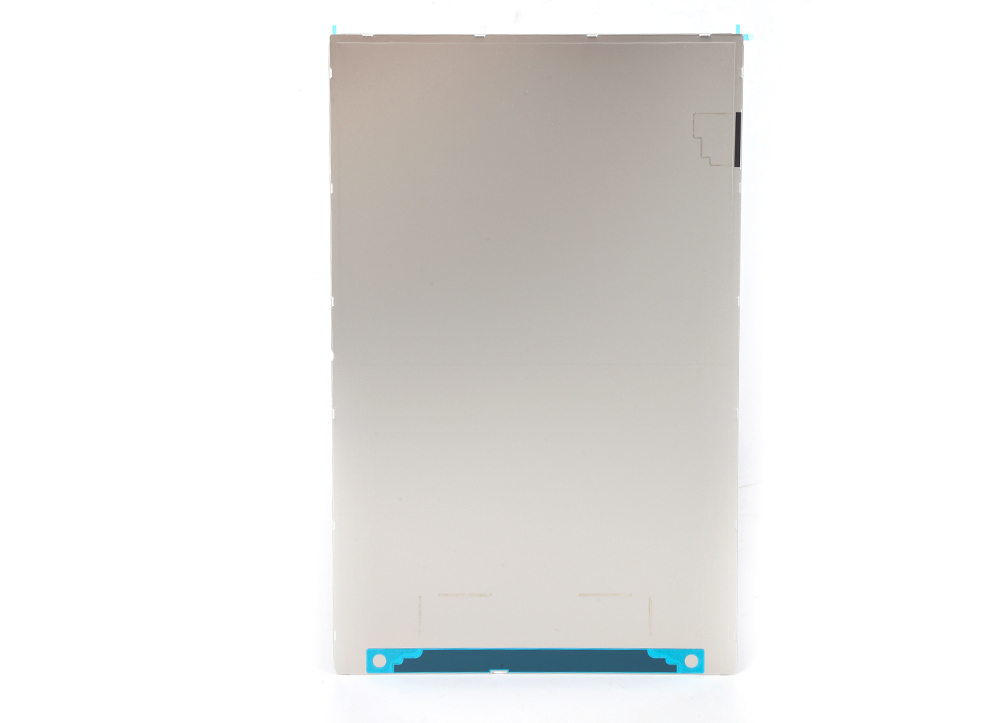Time:2023-08-21 Preview:
What is the five axis machining of CNC machining? According to ISO regulations, when describing the motion of CNC machine tools, a right-handed Cartesian coordinate system is used; The coordinate axis parallel to the main axis is defined as the z-axis, and the rotation coordinates around the x, y, and z axes are A, B, and C. The motion of each coordinate axis can be achieved by the workbench or by the motion of the tool, but the direction is defined by the direction of the tool's motion relative to the workpiece. Usually, five axis linkage refers to linear interpolation motion of any five coordinates in x, y, z, A, B, and C.

In other words, five axes refer to the three moving axes x, y, and z plus any two rotating axes. Compared to the common three axis (x, y, z three degrees of freedom) machining, five axis machining refers to the machining of parts with complex geometric shapes that require the machining tool to be able to position and connect on five degrees of freedom.
The machine tool used for five axis machining is usually referred to as a five axis machine tool or a five axis machining center. Five axis machining is commonly used in the aerospace field, processing body components with free form surfaces, turbine components, and impellers. The five axis machine tool can process different sides of the workpiece without changing its position on the machine tool, greatly improving the processing efficiency of prismatic parts.
 Related News
Related News·Key points of medical equipment processing · Characteristics of modern mechanical manufacturing processes and precision machining technologies ·Maintenance and maintenance of CNC ·CNC parts processing process process process is excessively decentralized ·Frequently asked questions about metal powder spraying ·CNC machining - the guarantee of high-precision manufacturing ·How does the CNC processing center choose a tool reasonably? ·What are the precautions for the processing center? ·High speed machining center ·What is CNC? What is the use of CNC? What are the drawbacks?


